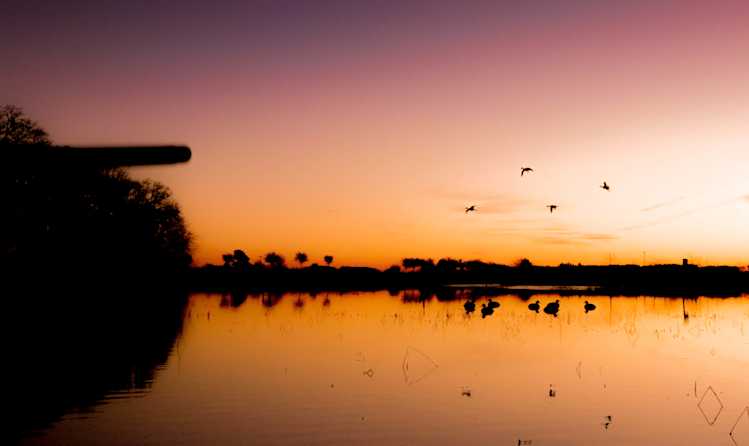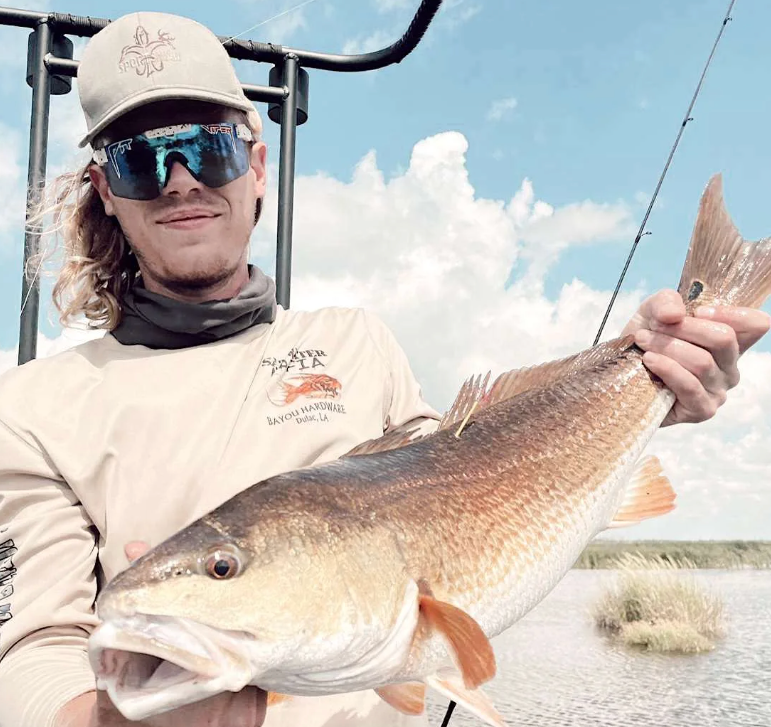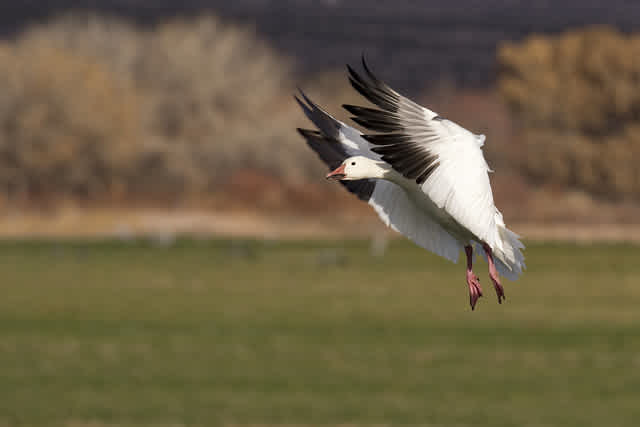The History Of The Waterfowl Decoy
Garrett Shackelford

Waterfowl decoys have a long and interesting history dating back to ancient civilizations. These hand-carved or molded replicas of ducks and geese were used by hunters to attract and lure in their prey.
The earliest known use of waterfowl decoys was by the ancient Egyptians, who used clay decoys as far back as 2500 BC. These decoys were shaped like ducks and geese and were placed on the Nile River to attract and capture birds for food.
In North America, Native Americans were also using decoys for hunting waterfowl as early as the 1600s. They would carve wooden decoys and paint them to resemble the ducks and geese they were trying to attract. These decoys were used in conjunction with calling and other hunting techniques to lure in their prey.
As hunting became more popular in Europe and North America, the use of waterfowl decoys also increased. In the 1800s, professional decoy carvers began to emerge, creating highly detailed and realistic decoys that were used by hunters across the continent. These carvers used a variety of materials, including wood, cork, and paper-mache, to create their decoys.
One of the most famous decoy carvers of this period was a man named A. Elmer Crowell, who lived in Massachusetts in the late 1800s and early 1900s. Crowell was known for his extremely realistic decoys, which were prized by collectors and hunters alike. His work helped to establish decoy carving as a respected art form.
In the 20th century, the use of waterfowl decoys began to decline as the sport of hunting shifted away from traditional methods and towards more modern techniques. However, the art of decoy carving continued to thrive, with many carvers creating highly detailed and ornate decoys for collectors and enthusiasts.
Today, waterfowl decoys are still used for hunting, but they are also prized by collectors and used as decorative items. Many decoy carvers continue to create beautiful and realistic pieces, using both traditional and modern techniques. The history of waterfowl decoys is a rich and fascinating one, and these hand-crafted replicas are a testament to the skill and artistry of the carvers who have created them throughout the centuries.
More

Layering for Comfort: What to Wear While Hunting Waterfowl in Fall

The Art of Calling: Tips and Techniques for Successful Waterfowl Calls

Client Experience in the Field: Best Practices for Waterfowl Outfitters

Decoy Strategies for Fall Waterfowl Hunting: What Works Best for Each Species

The Ultimate Guide to Fall Waterfowl Hunting: Key Tips, Techniques, and Best Practices

Top 10 States for Amazing Waterfowl Hunting in November: Find Your Perfect Spot

Peak Season Success: Essential Strategies for Waterfowl Outfitters to Maximize Business

The Art and Science of Duck Banding: A Conservation Odyssey with Mallard Bay

How To Book a Hunting Trip

Axis Jerky Tacos

Experience Thermal Hog Hunting with Dirty Texas Outfitters

6 Tips on Planning a Guided Hunting Trip

Bourbon Spatchcock Turkey

Turkey Calling Tips

Louisiana Sportfishing - An Angler’s Paradise 2023

Waterfowl Hunting in Canada: What American Hunters Need to Know
Where to find Guided Sandhill Crane Hunts

Revolutionize Your Outdoor Business with Mallard Bay's GuideTech Software

Lodge Management - Enhance the Experience

Snow Goose Pastrami Recipe

Snow Goose Chili

Snow Goose Gumbo Recipe - A Cajun Tradition

Sight Fishing Louisiana

How to find the right Texas Guided Fishing Charters

Steak House Snow Goose Recipe
